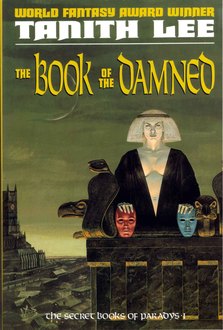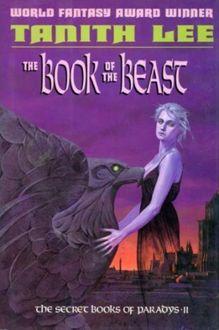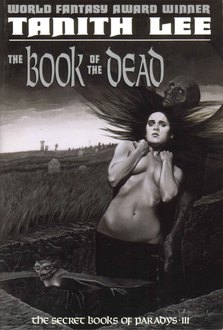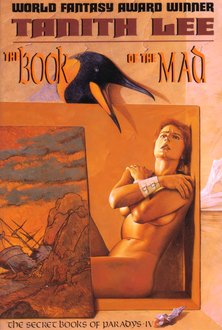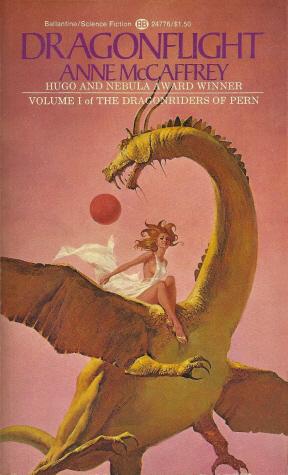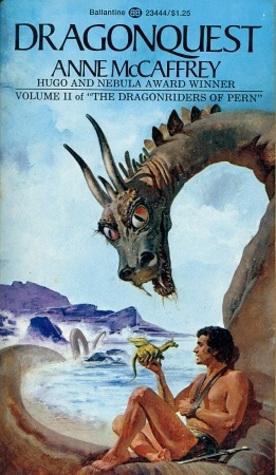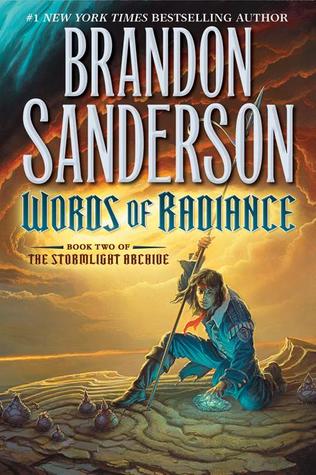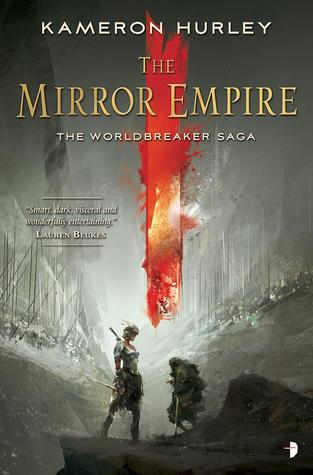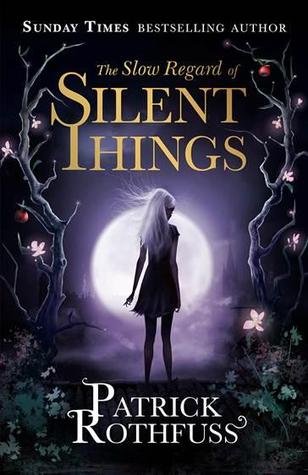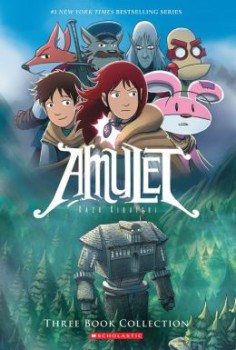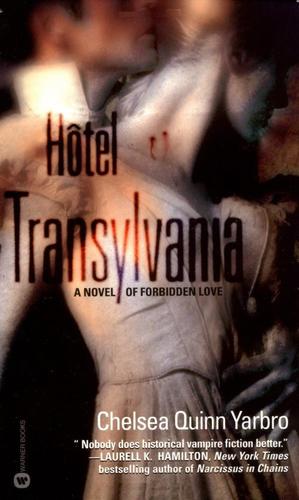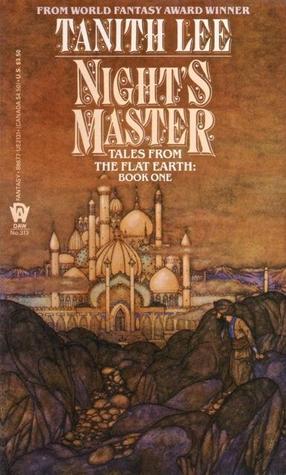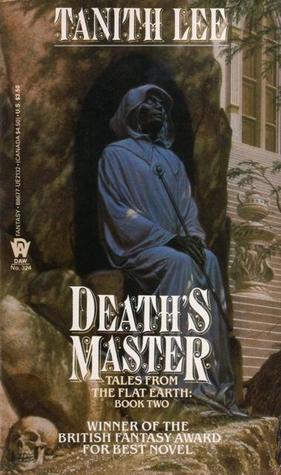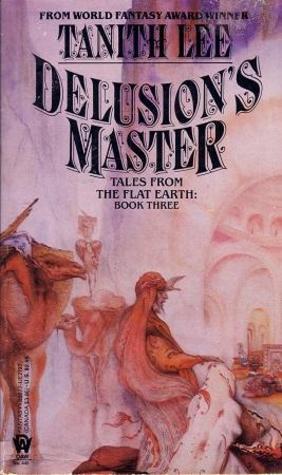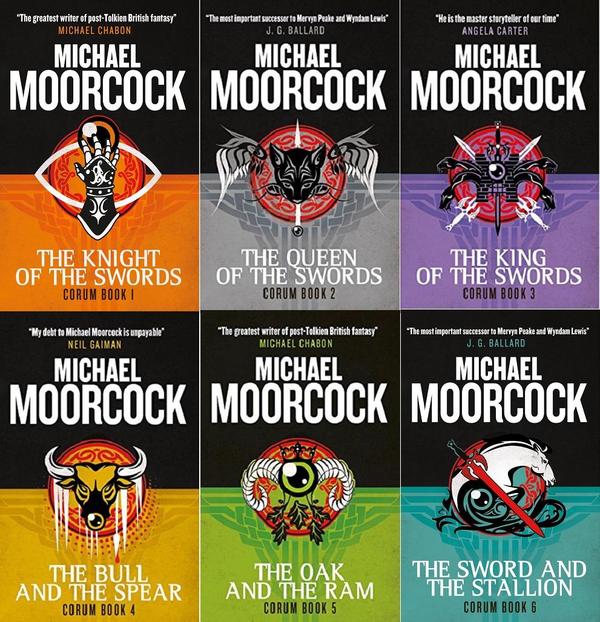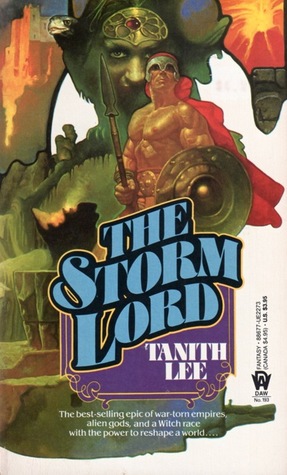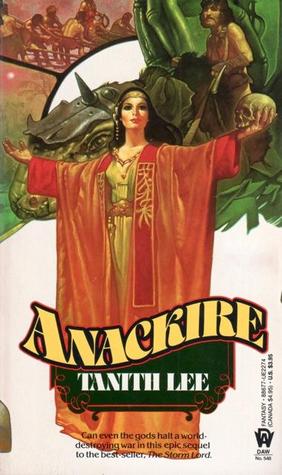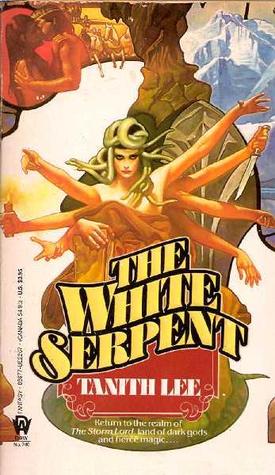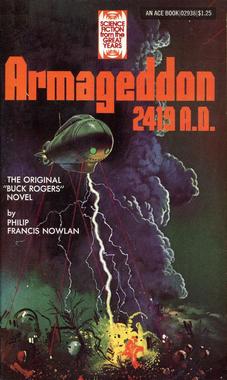The Omnibus Volumes of Steven Brust: The Adventures of Vlad Taltos
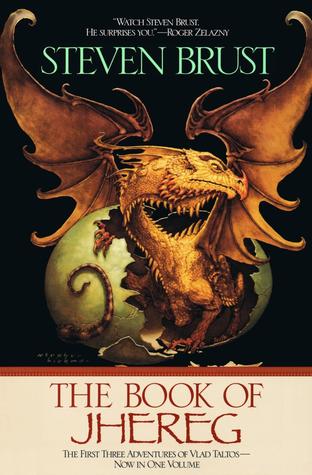 |
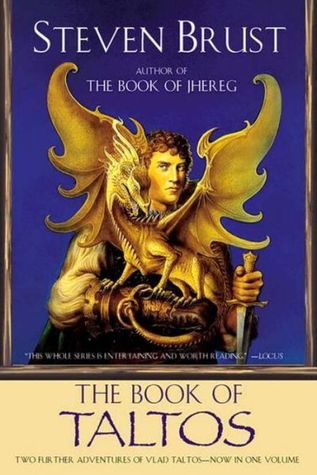 |
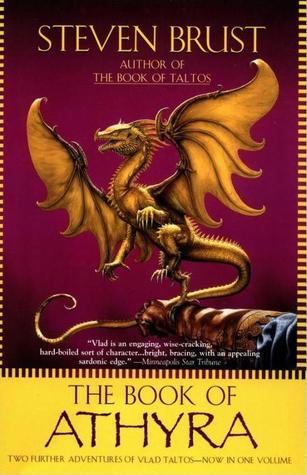 |
The omnibus editions of The Adventures of Vlad Taltos from Ace Books, collecting
the first seven volumes: The Book of Jhereg (1999), The Book of Taltos (2002), and
The Book of Athyra (2003). Covers by Stephen Hickamn, Kinuko Y. Craft, Ciruelo Cabral
Steven Brust’s Vlad Taltos novels are unique in modern fantasy. They’re caper novels in which a supremely gifted assassin, Vlad Taltos, teams up with a group of like-minded companions (including pickpockets and vampires) to right wrongs, alter the course of destiny, and sometimes make a little coin. The odds are always against them, and things don’t always go their way, but Vlad, our protagonist and narrator, has a wry and self-deprecating sense of humor that makes the books highly entertaining. There are plenty of great reviews out there I could point you to, but one of my favorites is this concise one-paragraph bit from Amazon reviewer Wizard’s Apprentice:
Vlad is a human in a city dominated by eight-foot Dragaerans, who never have to shave and live to be a thousand. It’s their turf, and their rules, and they routinely conquer and abuse “Easterners” like Vlad. He’s not the type to take this, so he becomes a “Jhereg” assassin, working up the ranks of a criminal syndicate until he comes to boss dozens of Dragaerans around, befriending some and terrorizing others. He adopts a new-hatched mini-dragon or jhereg, finding that the cat-sized beast has a humanlike intelligence and a nasty sense of humor, and wins a grudging respect from the dominant species. All his friends are 900 years old, or undead vampires, or legendary thieves; but don’t hold it against them. Vlad solves mysteries and evades death, and cooks fiery fungus-laced omelets, in a bizarre semi-alien milieu. He finds love. He sharpens knives. He gloomily bandages his jhereg bites. He’d be right at home in a Zelazny novel, which is reason enough to buy this or any other Brust book.
